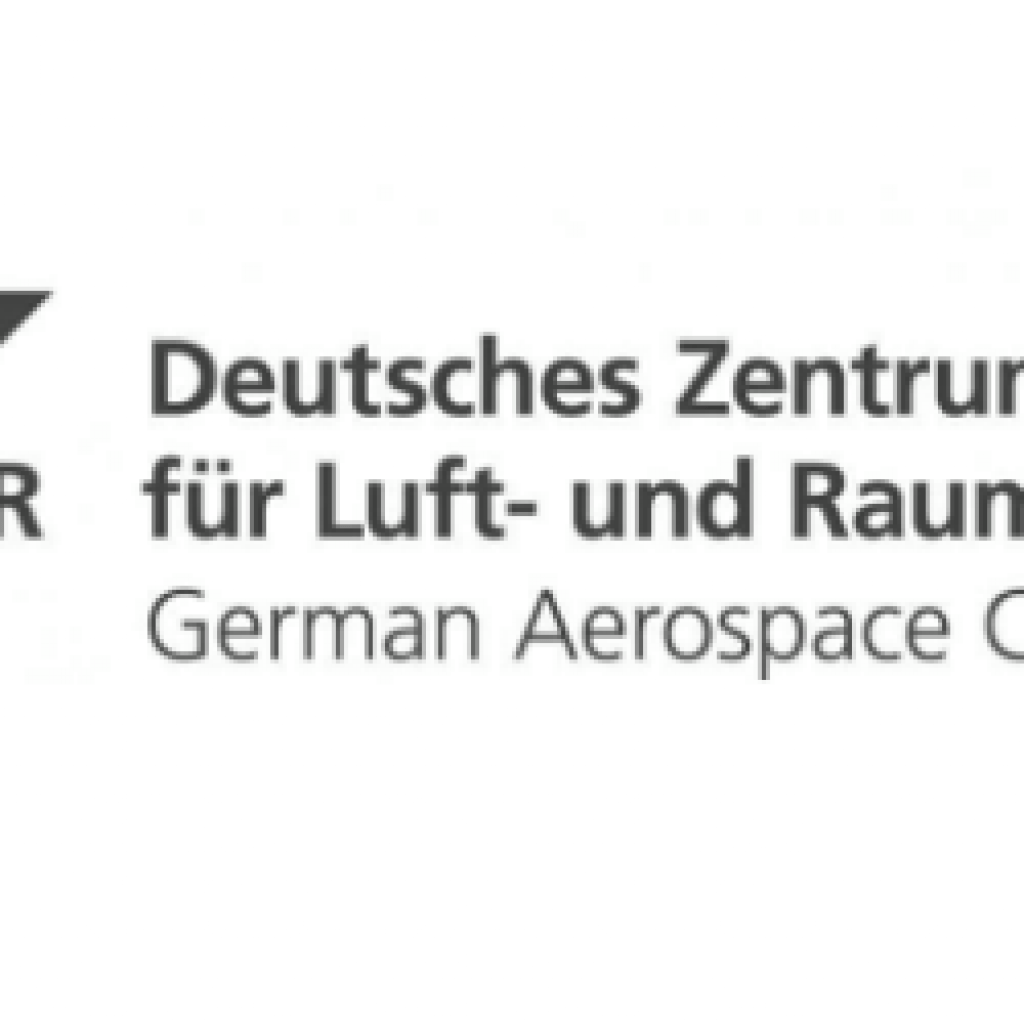(Dir.de) As part of the German Aerospace Center (Deutsches Zentrum für Luft- und Raumfahrt; DLR) Quantum Computing Initiative, prototype quantum computers of different architectures are to be constructed within the next four years.
“To this end, we are collaborating with companies, start-ups and other research institutions. The goal is to jointly advance the development of hardware and software, as well as increase the range of applications for quantum computers,” explains Anke Kaysser-Pyzalla, Chair of the DLR Executive Board. “To achieve this, the necessary expertise is being consistently built up, from research and development to innovative fields of application. DLR is contributing its own part to the project in the form of research and development.”
DLR has been provided with resources by the German Federal Ministry for Economic Affairs and Climate Action (Bundesministerium für Wirtschaft und Klimaschutz; BMWi) for the development and construction of quantum computers and software. To advance this objective, DLR will award large-scale contracts through a competitive tendering process.
There are different concepts for the development of quantum computers. For example, the processors could be realised using ion traps or Nitrogen Vacancy (NV) centres. Another technological approach for quantum computing is the use of photonic circuits. In this case, the qubits are based on photons. In this case, photons are used as information carriers. The advantages of this technique are that the platforms can be operated at room temperature, it is particularly easy to interface with quantum communications technologies, and that it has a significant scaling potential. However, quantum processors on a photonic basis have been less developed so far compared to other systems.
DLR has now issued another call for proposals in this regard. The goal is to obtain a prototype photonic quantum processor that is scalable and error correctable. It should be able to run generic algorithms with a high degree of user friendliness. The number of input modes and photonic qubits will grow through several phases. The construction will be done in two stages, up to at least 64 photonic qubits. The first stage, comprising of eight qubits, is to be reached after three years, and the second phase after the total project duration of four years – with the possibility to scale up to systems with more than 100 qubits.
Applications to participate can be submitted until the 31 January 2022.
